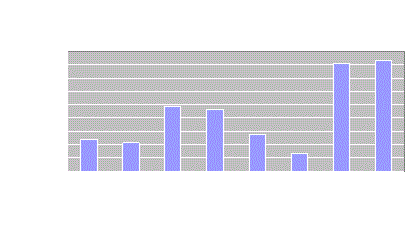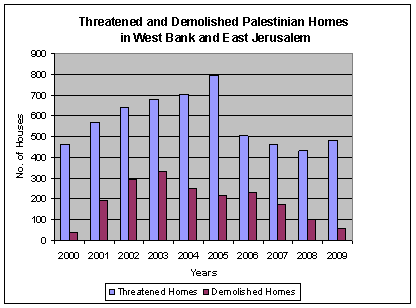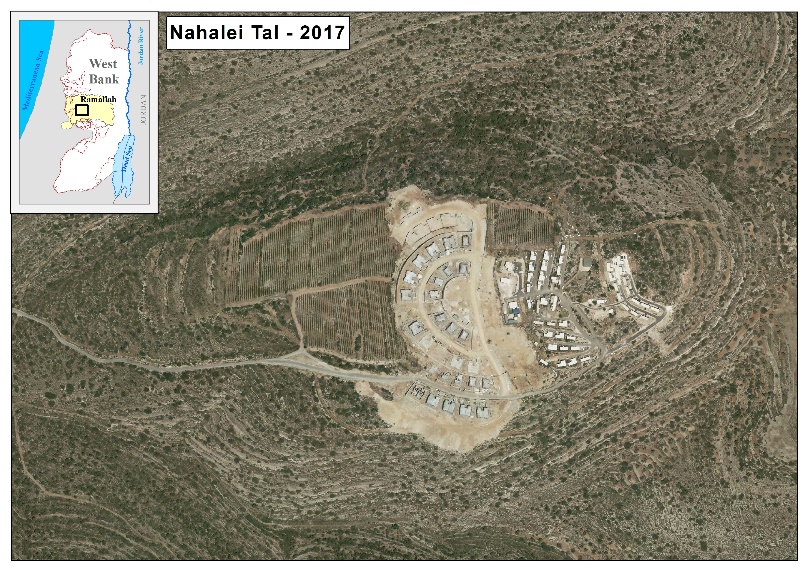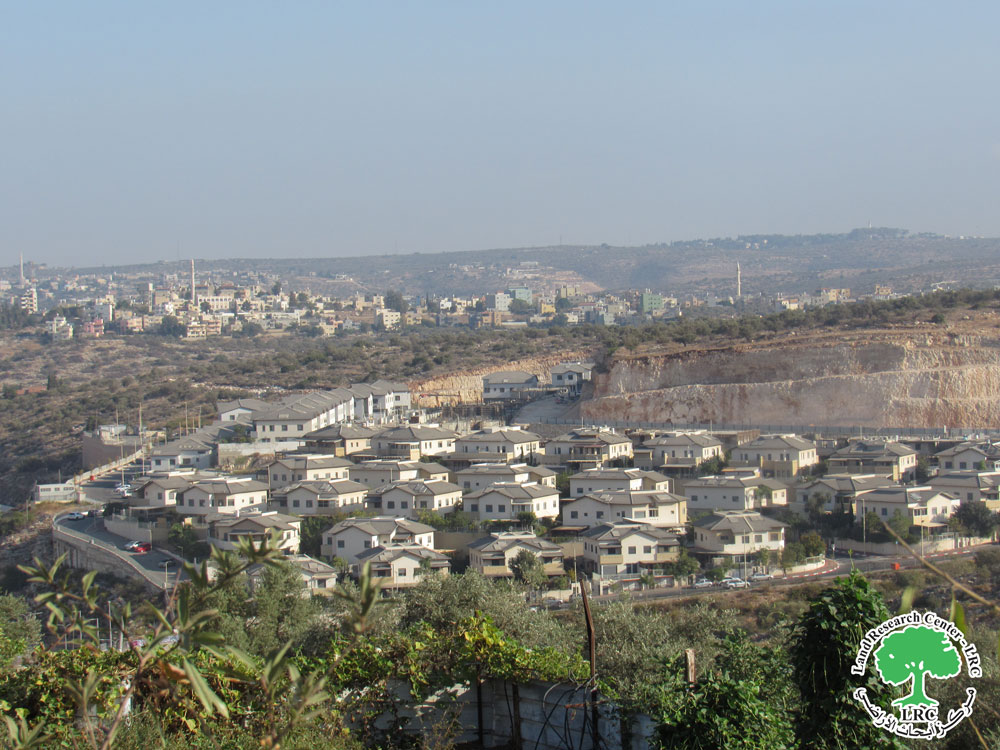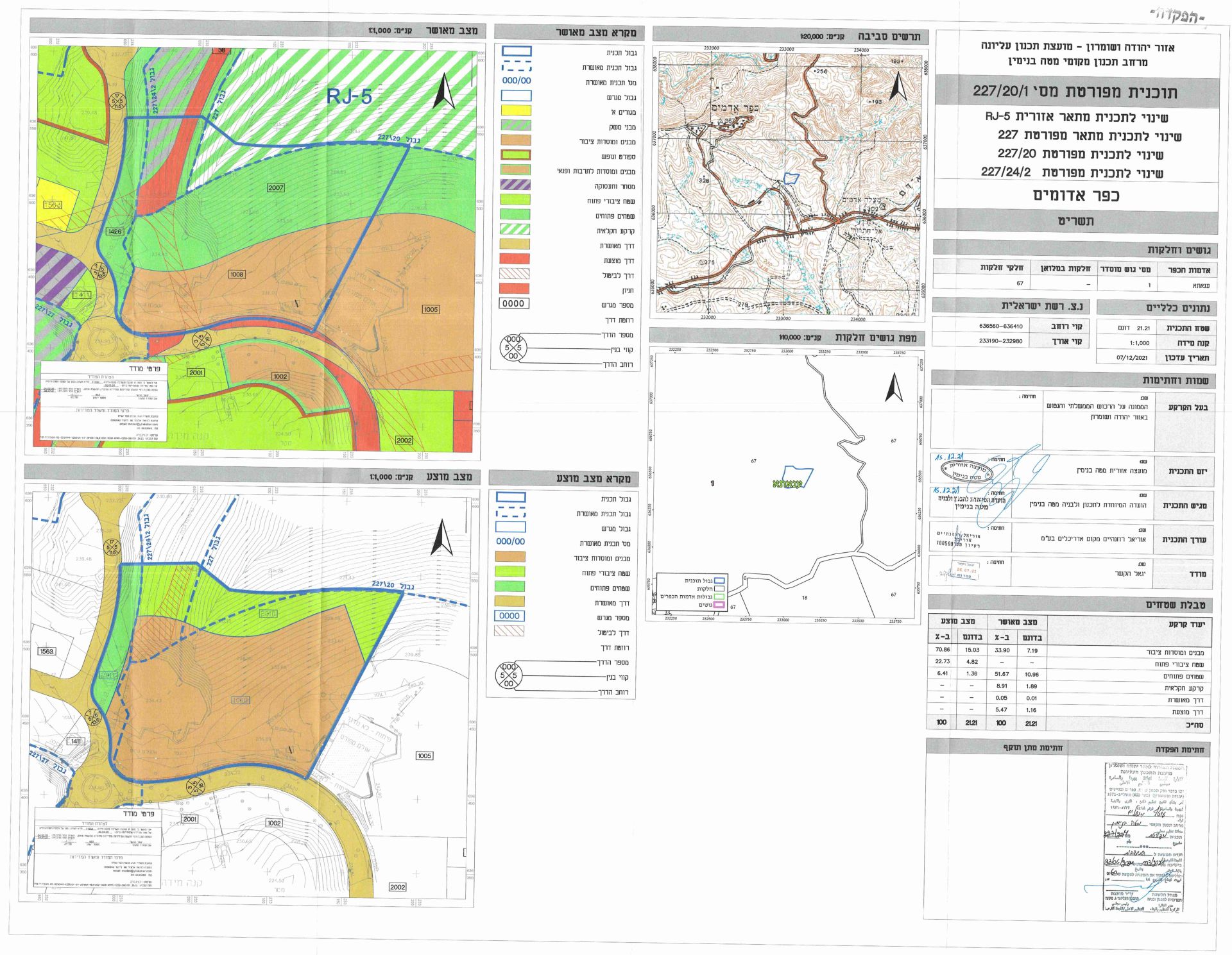The Israeli government has recently deflected criticisms regarding the settlements in the occupied Palestinian territory by moving the discussion from the legitimacy of the existing settlements to the legitimacy of “natural growth” in the settlements. However, the occupation and settling of the Palestinian land is illegal according to international law and counter to political norms.
Israel became a strong regional power and occupying state after the 6 days war of 1967. However, the implications for the Palestinian state have been immense. Israel dominance of Gaza, West Bank, and East Jerusalem allowed Israeli settlements to be established in the Palestinian areas, resulting not only in the loss of Palestinian land but also in the loss of defined border.
The international community does not recognize the annexation of these lands since they were captured during war and, the 49th Geneva Convention identify the status of Israel as an occupying power thus the occupying power (Israel) 'shall not deport or transfer parts of its own civilian population into the territory it occupies'. Hence, the Israeli settlements which have been established since the occupation in 1967 are considered illegal according to the international law. Additionally, continued settlements' growth of any kind was clearly emphasized in the 2003 Road Map. As the Israeli settlements boomed in the captured Palestinian areas, the Israeli intentions became more obvious, which is to annex the occupied territory to Israel's proper and also to use them as a negotiating tool in the future against other Palestinian demands.
How do you classify natural growth?
Natural growth is meant to describe the natural tendency overtime for families to have children and grow in size, and the corresponding need to have land and property to sustain subsequent future generations; however, such description is suited to a normal way of life anywhere but it certainly do not apply to occupied territory thus making any Israeli construction – old and recent—including under natural growth claims in the West Bank and East Jerusalem illegal.
Israeli claims – Israeli settlers and the Israeli governments claim that the settlers' natural growth is outstretching the capacity of the settlements to sustain the new generations. 'Every year all over Judea and Samaria (the West Bank) there is a quiet expulsion of thousands of young couples who are forced to leave their communities due to a lack of housing and budget freezes that have continued for years courtesy of Israel's governments,' said Danny Dayan, the head of the Yesha council of settlements.
Motivations of Settlers –There are numerous reasons for settlers to move into West Bank and East Jerusalem. For many, the financial incentives offered by the Israeli consecutive governments provide the chances to easier and very attractive life in the settlements. Housing prices are significantly lower in many of the Israeli settlements, and so young couples and new immigrants are drawn there. These settlers are mainly concentrated on the western side of the West Bank along the green line. For others, there are strong ideological reasons for settling in the West Bank, or as they call it Judea and Samaria. There settlers, live along the Ridge Line, believe that the land was given to them by God and it is their right and duty to settle it, then again the financial benefits there are even more attractive. Finally, there are also agriculturally based settlements in the Jordan Valley. Their reasons for settling there are economic for the farmers settlers are presented by the government with a hefty package of support to the farms and plantations areas.
On the natural growth issue
More recently, natural growth has been turning into the main issue with the settlements but the fact is that natural growth is only one part of the entire settlements program, which includes other core issues: the illegality of all settlements, bypass roads, and other forms of colonization activities in the occupied Palestinian territory.
Demand for new houses – There are concerns that the rate of construction for the “natural growth” of the communities is vastly outpacing the rate of actual natural growth. Though unconfirmed, estimates of empty completed houses range from 5% to 20% in the settlements. It seems that the construction is made for future settler families, and mainly for the expansion of Israeli control of the West Bank. The Israeli are adopting with this regard forced facts on the ground approach for the Israeli believes that what ever they are in position of the land will remain their and will be secluded from any possible future negotiation with the Palestinians.
For example, Givat Ze'ev settlement, which is outside of the illegally defined boundary of Jerusalem, has a population of approximately 12,000 with a growth rate of less than 100 people per year in both 2006 and 2007; however, there is a 700 housing unit project underway in this community. These housing units will inevitable be used by migrant populations or new settler families and not for 'natural growth' of the existing population.
Additionally, statistics collected by the Applied Research Institute in Jerusalem show that plans to build settlement housing units in the West Bank have been drastically increasing since 2001 from 12,131 units to 41,350 units in 2008 (see Chart A). The average number of plans to build housing settlements in the West Bank between 2001 and 2008 was 21,551 units. The most dramatic increase in new housing units has been the jump from 2006 to 2007, which represented a 602% increase.
Chart A: ARIJ: New Plans to Build Housing Units in Settlements in the West Bank
According to statistics recently released by the Central Bureau of Statistics, the population growth in 79% of the settlements was marginal in 2007, meaning that there was either a decline in population or a growth rate of less than 100 people. In 2008, three settlements (Modi'in Illit, Betar Illit and Ma'aleh Adumim) accounted for 57% of the total settlement population increase. This information counters the Israeli claim that there is a widespread need for natural growth construction across the entire settlements' communities. In fact, these three communities skew the growth rates for the entire settlements' population and hide the fact that the vast majority of settlements have no need for any natural growth construction since the population growth is marginal and/or declining.
In those communities who are facing a housing shortage, it is believed that migrant communities are one reason for the housing shortage, not growth of existing families.
Though emigration to Israel has decreased since the second intifada began in 2000, there is still a steady influx of new emigrants to Israel. According to the Israeli Central Bureau of Statistics, approximately 20,000 new emigrations arrive each year to Israel (from 2003 to 2007- see chart B) These new immigrants are least integrated into the society, and are beneficiaries to the settlements' growth policy.
Chart B: CBS: Emigration to Israel from 1996 to 2007
Justifiable demand? – Critics to the natural growth argument deny the claim that Israel must allow every young couple raised in the settlements to find suitable housing in the West Bank. The natural growth policy is even more ironic since the Israeli government allows construction in settlements for Israeli natural growth while simultaneously and systematically denying building permits and demolishes Palestinians homes in the West Bank for that same reason.
Data compiled by the Applied Research Institute in Jerusalem (ARIJ) shows that between 2000 and 2009 on average 573 Palestinian houses in the West Bank and Jerusalem are threatened for demolition, while on average 190 Palestinian houses in West Bank and Jerusalem are actually demolished (see Chart C). It is important to note that half all of demolitions have taken place just in Palestinian homes in East Jerusalem (633 homes). This shows a strategic and concerted effort to expel the Palestinians from Jerusalem in an attempt to control the city by forcing out the Palestinian community. This effort on the ground to push out the Palestinian community matches Israeli rhetoric which claims united Jerusalem as the capital of the Israeli state.
Chart C: ARIJ: Threatened and Demolished Palestinian Homes in West Bank and East Jerusalem
Political framing – Opponents comment that the increased rhetoric and emphasis on natural growth only draws the political attention away from the illegality of the entire outposts and settlements movement. While politicians continue to discuss the definition and legality of natural growth, the pressure to dismantle well-established and well-funded settlements in the West Bank and East Jerusalem is weakened.
Political Statements from the USA and Israel
US President Obama recently in Cairo made a conciliatory speech to the Muslim world which has been well received by many Palestinians. Among other things, he stated that 'the United States does not accept the legitimacy of continued Israeli settlements. This construction violates previous agreements and undermines efforts to achieve peace. It is time for these settlements to stop”.
In response to US President Obama's speech, Israeli Prime MinisterNetanyahu's gave a foreign policy speech on June 14 at Bar Ilan University. He stated that 'the territorial issues will be discussed in a permanent agreement. Till then we have no intention to build new settlements or set aside land for new settlements'. While he claims that there is no plan to build new settlements, he doesn't address the problem of growth inside existing ones.
While the United States called Netanyahu's response an important step forward, in reality, he did not make any movements toward the peace process regarding the settlements issue. He continues to deny that settlements will need to be removed in order to establish a continuous Palestinian state. Instead, he emphasizes his false commitment to the freezing of settlements, without committing to or commenting on the natural growth construction.
Most recently, Israeli Foreign Minister Avigdor Lieberman rejected the idea that settlements were a barrier to peace and rejected the US's renewed call for a complete freeze in settlements to include a freeze on natural growth.
Conclusion
Currently, the issue of natural growth has taken a center stage in the political debate. As outlined above, the justification and need for natural growth in the settlements in West Bank and East Jerusalem are doubtful. The statistics show that the settlement communities do not need the amount of new construction that they claim they do for 'natural growth' because in fact their population growth is overall flat or marginal. Natural growth is simply a political play on words to allow the Israeli's to continue to expand the illegal settlements in the Occupied Palestinian Territory.
:::::::::::::
[1]http://www.haaretz.com/hasen/spages/1084706.html
[2] http://www.jpost.com/servlet/Satellite?cid=1244371086785&pagename=JPost%2FJPArticle%2FShowFull
[3] http://www.jpost.com/servlet/Satellite?cid=1244371086785&pagename=JPost%2FJPArticle%2FShowFull
[4] Central Bureau of Statistics, Israel. http://www.cbs.gov.il/archive/200804/yarhon/e2_e.htm
[5] http://www.haaretz.com/hasen/spages/1086050.html
[6] http://english.aljazeera.net/news/americas/2009/06/2009617192532456427.html
Prepared by:
The Applied Research Institute – Jerusalem


